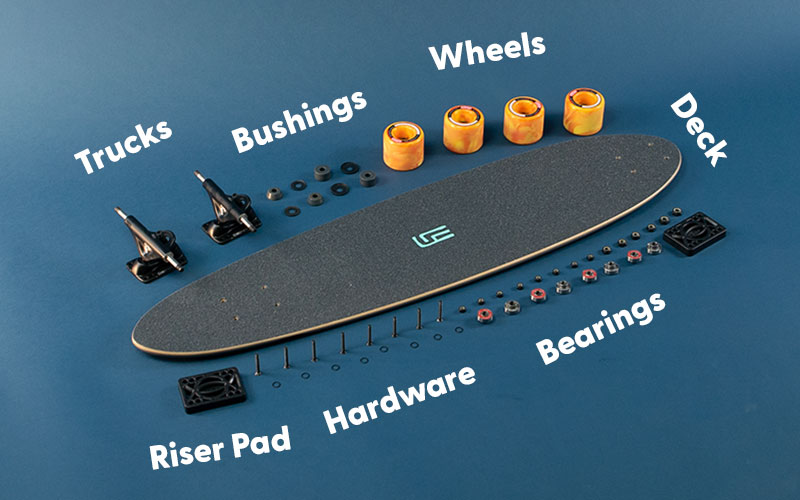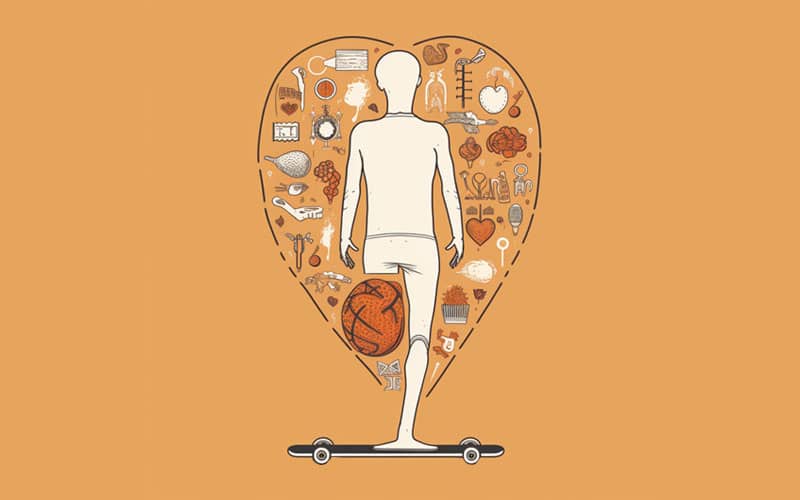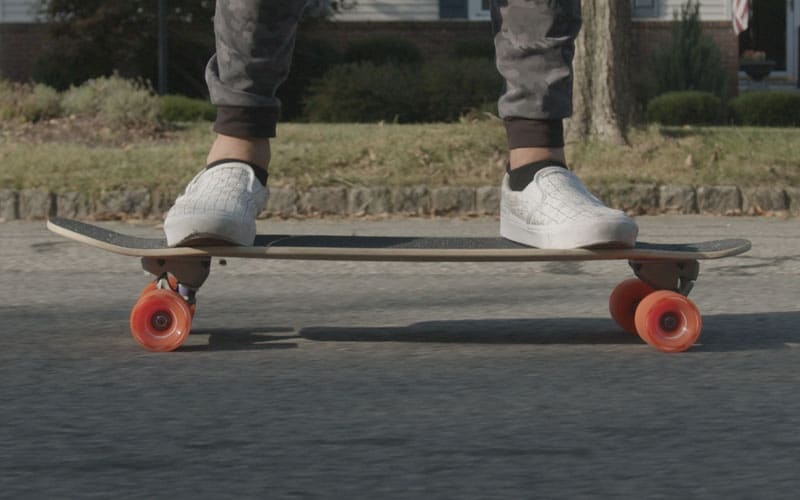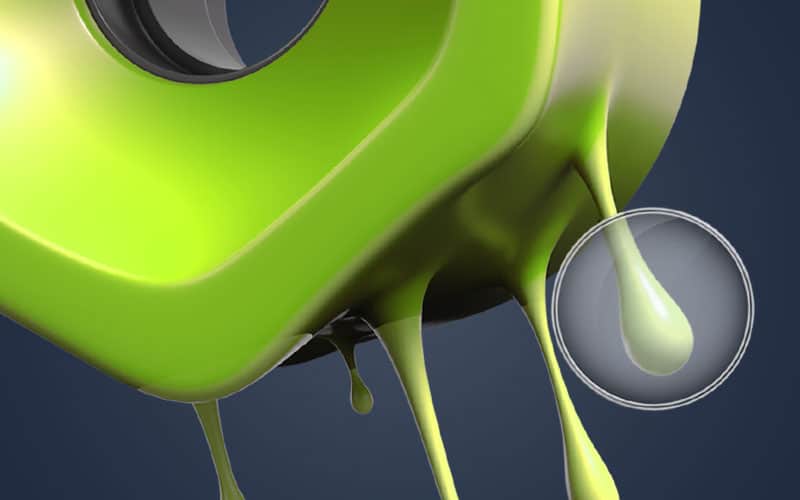Buying your first longboard can be overwhelming.
Have no fear; this beginner’s guide will help you pick the right one.
Topics I’ll cover…
After talking to many beginners, I found that most want a cheap longboard ($100) to test the waters. Remember, the quality won’t be as good as a reputable brand, but you gotta start somewhere.
Also, if you’re an absolute newbie, it’s worth checking out my longboard beginner mistakes post.
Beginner-Friendly Longboards
Wondering what the easiest type of longboard is to learn on?
Drop-throughs, kicktails, and drop-downs are beginner-friendly longboard shapes.
A drop-through longboard is when the trucks are installed through the deck. This provides a lower center of gravity, making them easier to balance and push on.
A kicktail longboard is when there’s an upward curve at the end of the deck. Kicktails are functional for increased maneuverability and tricks.
A drop-down longboard is when the deck drops downward. The center of the deck is lower than the points where the trucks are mounted, creating a lower center of gravity.

Common Riding Styles
- Cruising
- Freestyle/Dancing
- Long Distance Push
- Downhill/Freeride
Cruising, freestyle, dancing, or long-distance push longboards are usually beginner-friendly.
Reference my longboard riding style post for more information. Everyone connects with something different.
You might still wonder if a longboard is even right for you. If that’s the case, then check this longboard vs skateboard post.
Avoid downhill and freeride due to their high speeds and advanced skill requirements. After you build a solid foundation, you can explore those disciplines.
Parts of a longboard
It’s helpful to have a basic understanding of the parts of a longboard.

Wheels
If the roads you ride on have cracks and rocks, you’ll want your board to have large, soft wheels. Large, soft wheels roll over rough terrain more easily because they deform and absorb the impact.
- 65mm – 85mm+
- 78a – 83a
Reference our longboard wheels guide for more info.
Deck
You’ll also want a deck that’s on the larger side. More deck space = more room for your feet. Avoid decks that have a lot of concave (rail-to-rail curvature).
You also might want to consider a setup that has an angled kicktail/nose. If you can’t make a tight turn based on weight distribution, you can use the kicktail to adjust.
Trucks
Reverse kingpin trucks (RKPs) are the most common type of longboard trucks. If you need to make quick turns, you might consider a setup with a smaller wheelbase and traditional kingpin trucks (TKPs).





